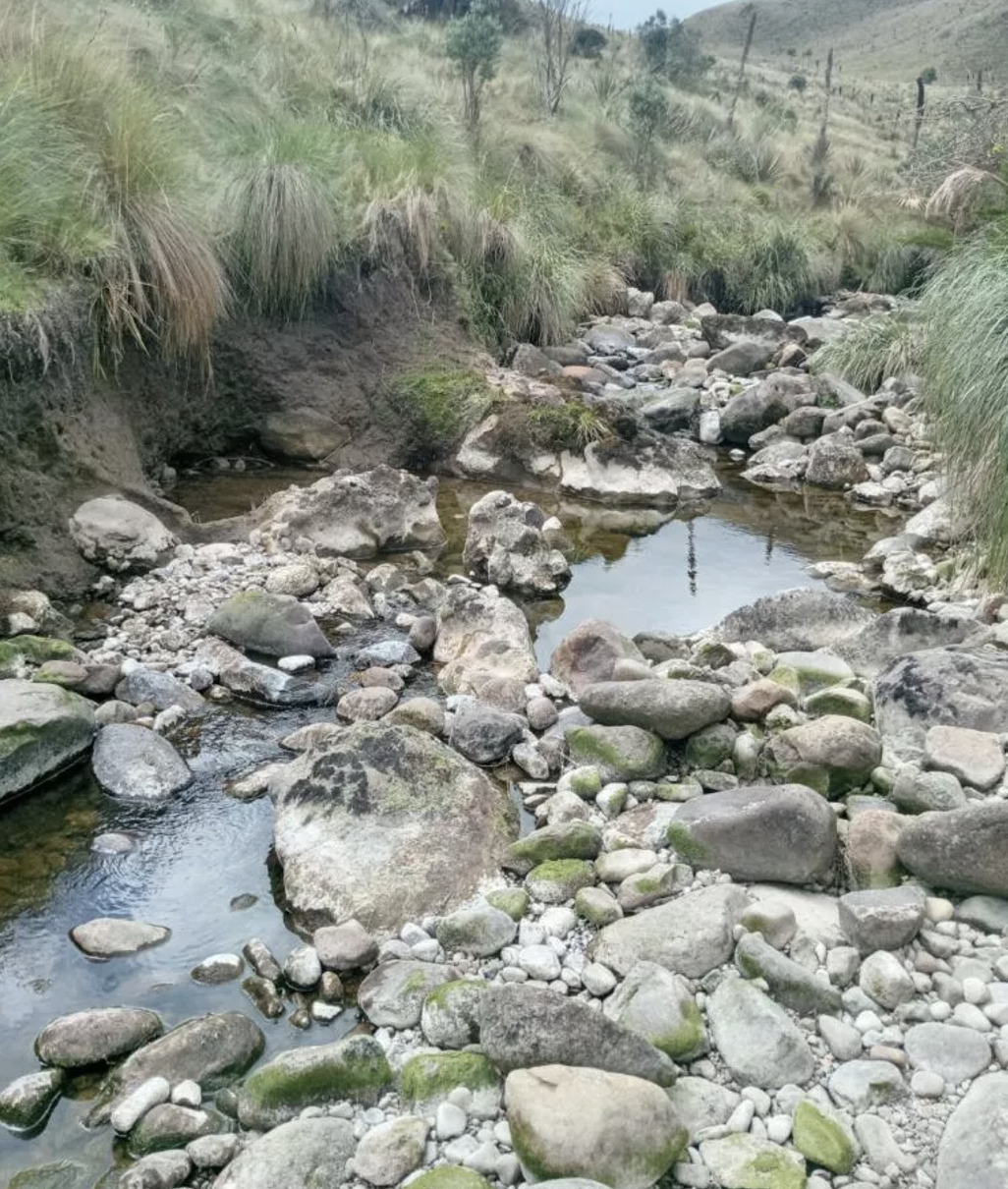Some 30,000 users of the Drinking Water Management Board (JAAP) Nero Project in Cuenca will have cuts in the drinking water service due to the drought that the city is going through.
This is the largest community drinking water distribution system in the canton and it serves the following rural parishes: Turi , Baños, El Valle and Paccha, which are south of the city.
About a week ago, Luis Quinde, president of this organization, together with a technical team, inspected the Zhucay river micro-basin, in the Sarahuayco and Chachán ravines, where they capture the vital liquid.
He confirmed that due to the lack of rain these tributaries have minimum flow, which is not enough to guarantee normal supply, and asked that subscribers make good use of this element.
“The little amount of water must be distributed to the 8,000 families in 43 communities. We ask you to please save as much as possible and use it only for domestic needs,” said Quinde.
According to JAAP, until the dry season ends, the water supply will be cut from 11:00 a.m. to 5:00 p.m. in these sectors: Los Laureles, Señor del Cautivo, Rayoloma, Gualalcay, El Calvario, El Cisne, Corazón de Jesús (Turi), Santa Anita, Tres Claveles, Punta Corral, Trinidad, Bellavista, Hierba Buena, downtown Turi, Asunción, Guncay, Carmen de Baguanchi, Baguanchi Cedillo, Tierras Coloradas and San Pedro de Baguanchi.
In addition, the following communities will only have water from 05:00 a.m. to 2:00 p.m.: San Antonio de Gapal, San Francisco, Cuatro Esquinas, San José de La Playa, San Juan Loma, Primero de Enero, Castilla Cruz, Barrio Unido, El Despacho, Santa Catalina, Victoria Alta, Victoria Centro, Victoria Baja, Poloma, Quillopongo and Santa Martha.
Normally and until last Thursday, 70 liters of water per second (l/s) entered the drinking water treatment plant of JAAP. But as of a week ago, that number fell to 59 l/s, that is to say that in three days 13 l/s were lost.
Other sectors affected
The Drinking Water and Sanitation Management Board (JAAPYS) of Baños, which has some 7,900 users and is the second largest in Cuenca, is also calling for responsible water consumption.
JAAPYS, whose president is Jorge Tacuri, recommends not using water to wash vehicles or for irrigation and to reduce the time in the shower and to use full-load clothes washers.
This organization also said that they have their operational and technical personnel ready to guarantee the provision of the service and provide timely attention in the event of any eventuality.
Dry season
Milton Benavidez, an environmental engineer, explained that the dry season that in previous years was more pronounced in the months of October and November, will now extend until the first quarter of 2022.
Benavidez says this is the result of climate change that alters the cycles of climatic phenomena, making it increasingly difficult to predict them.
Unfortunately, says Benavidez, it is time for the population to get used to using water responsibly, as he warns of an upcoming shortage of this element.
In Cuenca, the gross supply of water per person is about 250 liters per day (l/d), of which 30% of this goes to losses in the networks and other factors related to distribution.


Seems an investment in the infrastructure to stop a 30% loss is the key investment needed.
It seems it may be time for a dam to save more water during the rainy season. Even a small dam could reserve much water for use during the critical time.